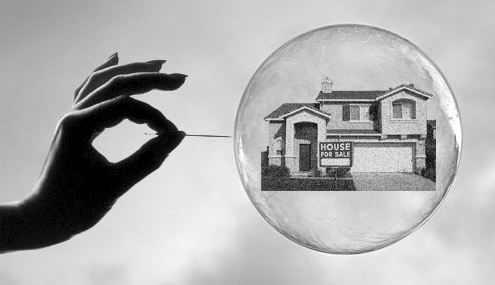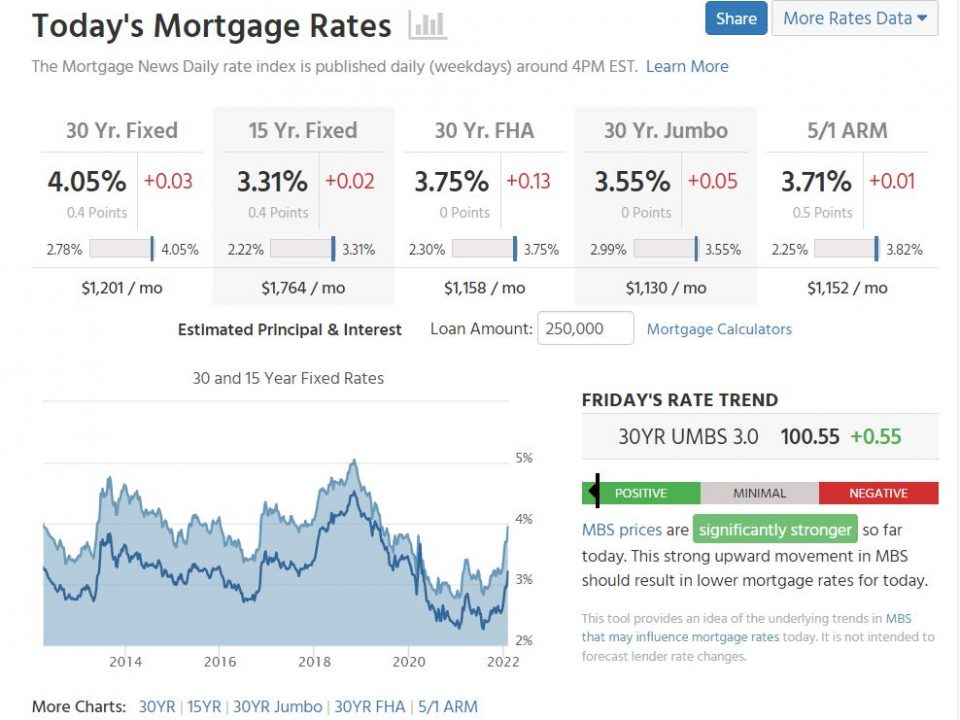When the real estate market crashed around 2007, the housing market was in an unsustainable bubble. Many factors combined to create that situation aside from the apparent corruption of financial institutions on Wall Street. There is genuine concern among homeowners that there is a bubble in the Smith Mountain Lake housing market. Is that true?
Let’s look at a couple of reasons why I don’t think there is a bubble in the Smith Mountain Lake housing market.
Believe Or Not, Homes Are More Affordable
With home values gaining in double digits over the last couple of years, it may be hard to believe that homes are more affordable now than they were before the crash.
Affordability has three basic components: Wages, home prices, and mortgage interest rates. Before the crash, home prices were very high, and interest rates were 6% or higher depending on the borrower’s credit score.
Wages have increased, and the percentage of a borrower’s income to housing has declined from roughly 34% in 2007 to about 26% today. In essence, borrowers’ are paying less of their income today than before the crash.
How Homes Sold Before the Crash – Easy Money
People were making less, home prices were higher, and mortgage interest rates were. Affordability was low. How did homes sell?
Lending standards before the crash were ridiculously loose. If you could fog a mirror, you could get a mortgage. Stated income, stated assets, and a “promise” that you honestly represented both were all it took.
Money was easy to get with unworthy credit scores. Borrowers with 580 to 619 FICO scores could get a subprime mortgage.
Risky subprime mortgage volume was astronomical before the 2008 crash. Since then, however, mortgage standards have tightened significantly.
As a result, the percentage of subprime mortgages that exist today is dramatically lower than pre-2008 levels.
Foreclosure Filings Have Plummeted
From 2007 to 2010, 6,823,960 homeowners were facing a foreclosure action in the U.S.
From 2018 to 2021, that number has gone down to 723,600 homeowners facing a foreclosure action in the U.S.
The New York Fed produces reports on microeconomic data that show the differences between foreclosures in 2007 through 2010 compared to today.
Looking back on these numbers is very hard. I lived through that crisis, and it was so terrible.
Homeowners are in a much stronger position now than before the crash and equity rich. If things get tough, selling is an option, whereas, in 2007-2010, it was just the reverse. Homeowners’ equity position was very different on the whole.
We Have A Shortage of Inventory on the Market
Unlike 2007 to 2010, there are significantly fewer homes on the market today. We are in a housing shortage.
The amount of inventory on the market is measured by the number of months it takes for buyers to absorb the existing homes for sale.
A balanced housing market has about six months of inventory of homes to sell at any given time. Less than six months is considered a seller’s market, and more than six months is considered a buyer’s market.
Currently, the U.S. has less than two months of inventory of homes for sale and has decreased from 3.8 months in 2018 to 1.8 months in 2021. The number of months of inventory to sell from 2007 to 2010 was between 9.6 to 7.3 months. There was an overabundance of homes for sale, a buyers’ market. Thus, prices crashed through the floor.
In the Smith Mountain Lake real estate market, homes are closing over 100% of the list price with an average of two weeks on the market. That’s a robust market similar to what’s happening in most markets around the country.
Interest rates could put a damper on sales, but that does not indicate a bubble bursting and home values plummeting like during the downturn. But it could be close to the top of the market for sellers.
If you’ve thought about selling your Smith Mountain Lake home, this year may be the best time to get that done. If I can help you, please don’t hesitate to contact me. I’m a Smith Mountain Lake area specialist and can help you get it done quickly and for the highest price possible. Click here for my contact page.
Thanks for visiting!




